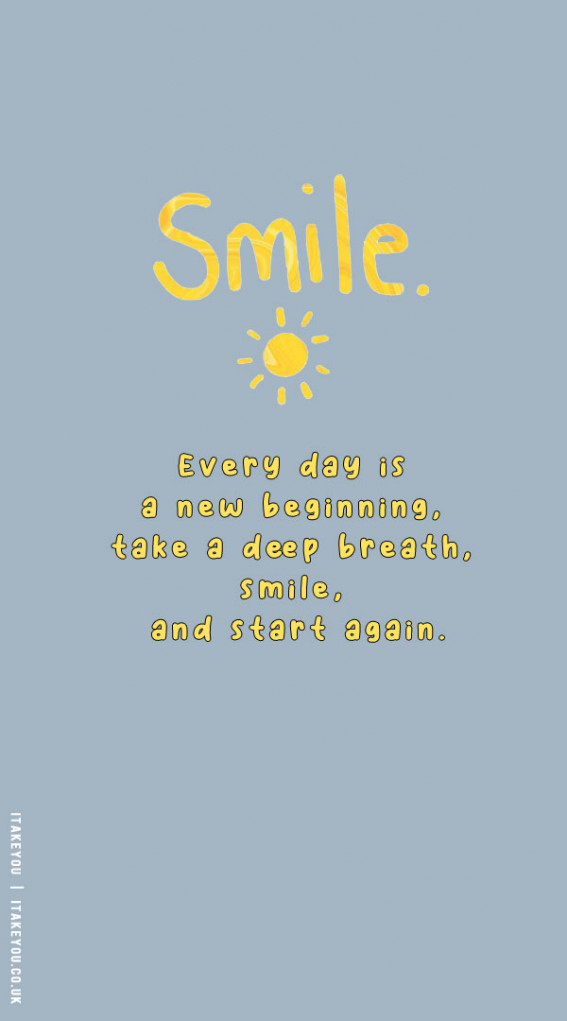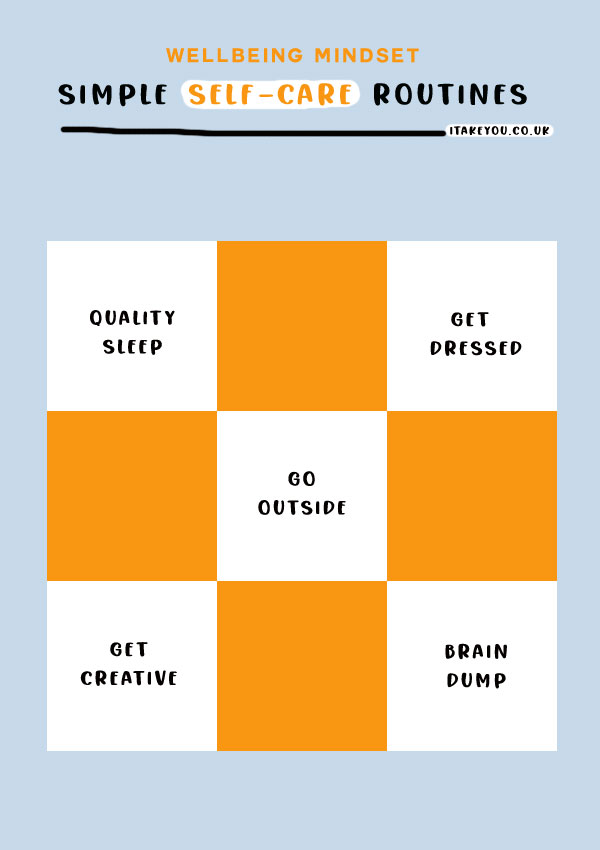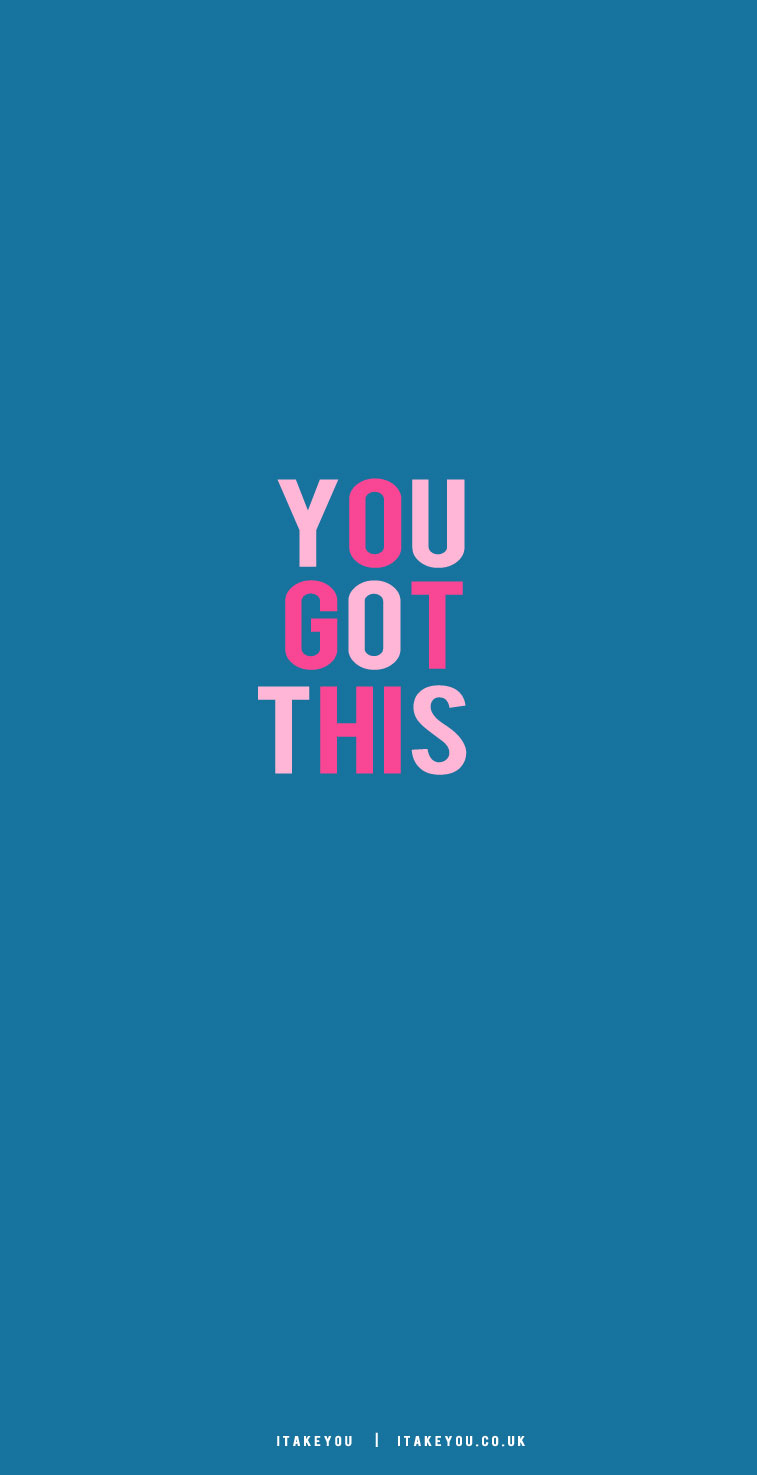Simplify Your Life : 8 Practical Tips for Embracing Minimalism
In a world filled with constant noise and distractions, adopting a minimalist lifestyle can offer a pathway to greater clarity, focus, and contentment. Minimalism is not just about decluttering physical possessions; it’s a mindset shift towards intentional living and prioritizing what truly matters. We’ll explore the principles of minimalism and provide practical tips, along with real-life examples, for simplifying various aspects of your life.

How to Start Living a Simpler Life?
Minimalism is a philosophy that encourages us to live with less and focus on the essentials. It’s about clearing away the excess to make room for what truly matters – whether that’s experiences, relationships, or personal growth. By embracing minimalism, we can free ourselves from the burden of excess possessions, mental clutter, and societal pressures, allowing us to live more intentionally and authentically. Here are 8 practical tips & real-life example to start living a minimalist lifestyle.
1
Declutter Your Space
- Practical Tips:
- Start with Small Areas: Begin decluttering by tackling one small area at a time, such as a kitchen drawer or a bathroom cabinet.
- Use the Three-Box Method: Label three boxes as “Keep,” “Donate/Sell,” and “Trash,” and sort through items accordingly.
- Set Clear Criteria: Define criteria for what items you want to keep based on their usefulness, value, and emotional significance.
- Real-life Examples: Emily started her decluttering journey by organizing her bedside table. She cleared out old magazines, sorted through paperwork, and created a designated space for essentials like her phone charger and a book.
- Real-life Examples: Tom used the three-box method to declutter his closet. He sorted through his clothes, placing items he no longer wore in the donate/sell box and disposing of damaged or worn-out items.
- Real-life Examples: Sarah used the “spark joy” criterion from the KonMari method to declutter her book collection. She kept only the books that truly brought her joy and donated the rest to a local library.
2
Simplify Your Wardrobe
- Practical Tips:
- Assess Your Current Wardrobe: Take inventory of your clothing items and identify pieces that no longer fit, are outdated, or don’t align with your personal style.
- Invest in Quality Basics: Prioritize investing in timeless basics like neutral-colored tops, classic denim jeans, and versatile outerwear that can be mixed and matched to create various outfits.
- Practice Seasonal Rotation: Rotate your clothing seasonally to keep your wardrobe fresh and relevant, storing off-season items in labeled bins or garment bags.
- Real-life Example: Alex conducted a wardrobe audit and realized he had accumulated several items he rarely wore. He donated these items to a charity organization and streamlined his wardrobe to include only versatile, high-quality pieces.
- Real-life Example: Jenna invested in a few key wardrobe staples, including a tailored blazer and a pair of leather ankle boots. She found that having a capsule wardrobe made getting dressed in the morning simpler and more enjoyable.
- Real-life Example: Mark stored his winter coats and heavy sweaters in vacuum-sealed bags during the summer months to free up closet space. He found that rotating his wardrobe seasonally helped him stay organized and maximize storage efficiency.
3
Streamline Your Digital Life
- Practical Tips:
- Declutter Your Digital Devices: Delete unused apps, organize files into folders, and clear out old emails and digital clutter to improve device performance and productivity.
- Set Digital Boundaries: Establish time limits for screen time and designate tech-free zones, such as the bedroom or dining area, to promote mindfulness and reduce dependency on digital devices.
- Practice Inbox Zero: Aim to clear your email inbox daily by responding to messages, archiving important emails, and unsubscribing from newsletters or promotional emails that clutter your inbox.
- Real-life Example: Rachel decluttered her smartphone by deleting apps she no longer used and organizing her home screen with essential apps only. She found that a clean digital interface reduced distractions and made her more focused.
- Real-life Example: Mike implemented a “no-phone zone” policy during meal times to encourage family members to engage in meaningful conversations without distractions. He found that setting digital boundaries improved family bonding and communication.
- Real-life Example: Sarah adopted the inbox zero approach by dedicating specific times each day to check and respond to emails. She found that maintaining an empty inbox reduced email overwhelm and improved her email management skills.
4
Cultivate Mindful Consumption
- Practical Tips:
- Create a Shopping List: Plan your purchases in advance and stick to a shopping list to avoid impulse buying and overspending.
- Practice Delayed Gratification: Delay making non-essential purchases by implementing a “cooling-off” period before buying to ensure the item is truly needed and aligns with your values.
- Embrace Second-hand Shopping: Explore thrift stores, consignment shops, and online marketplaces to find gently used items at a fraction of the cost of new ones, reducing your environmental footprint and supporting sustainable consumption.
- Real-life Example: Tom created a weekly meal plan and shopping list based on his family’s dietary preferences and nutritional needs. He found that meal planning helped him avoid unnecessary trips to the grocery store and reduced food waste.
- Real-life Example: Emily waited 24 hours before making any non-essential purchases to give herself time to evaluate whether the item was a true necessity or just a fleeting desire. She found that practicing delayed gratification helped her make more mindful purchasing decisions.
- Real-life Example: Alex started shopping for clothing and home goods at thrift stores and online resale platforms. He found that buying second-hand items not only saved him money but also allowed him to discover unique and high-quality items with a story behind them.
“Simplicity is the ultimate sophistication.” – Leonardo da Vinci

5
Mindful Eating
- Practical Tips:
- Practice Intuitive Eating: Listen to your body’s hunger and fullness cues to guide your eating habits, rather than following strict diets or food rules.
- Cook at Home: Prepare simple, nutritious meals using whole ingredients to prioritize health and reduce reliance on processed foods.
- Minimize Food Waste: Plan meals, use leftovers creatively, and compost food scraps to reduce waste and save money.
- Real-life Examples: Share stories of individuals or families who have embraced mindful eating practices, such as meal planning, cooking from scratch, and savoring each bite.
6
Simplify Your Finances

- Practical Tips:
- Create a Budget: Track your income and expenses to gain insight into your financial habits and prioritize spending on essentials.
- Automate Savings: Set up automatic transfers to savings accounts or retirement funds to build a financial safety net and work towards long-term goals.
- Cut Unnecessary Expenses: Identify discretionary spending categories and eliminate non-essential purchases to reduce financial clutter.
- Real-life Examples: Feature personal finance success stories, such as paying off debt, achieving savings goals, or embracing a minimalist approach to spending and investing.
7
Cultivate Mindfulness in Relationships
- Practical Tips:
- Practice Active Listening: Give your full attention to the person you’re communicating with and validate their feelings and perspectives.
- Set Boundaries: Establish clear boundaries to protect your time, energy, and emotional well-being in relationships.
- Prioritize Quality Time: Spend meaningful time with loved ones by engaging in activities that foster connection and create lasting memories.
- Real-life Examples: Share anecdotes of individuals who have improved their relationships by prioritizing quality time, communication, and mutual respect in their interactions.
8
Embrace Minimalism Beyond Material Possessions
- Practical Tips:
- Simplify Your Schedule: Streamline your commitments and prioritize activities that align with your values and goals.
- Practice Digital Minimalism: Limit screen time, unsubscribe from unnecessary emails, and declutter digital spaces to reduce digital overwhelm.
- Cultivate Inner Peace: Prioritize self-care practices such as meditation, journaling, or spending time in nature to nourish your mind, body, and spirit.
- Real-life Examples: Highlight stories of individuals who have found greater fulfillment and balance by simplifying their schedules, digital habits, and inner lives through mindfulness practices.
Reiterate the benefits of embracing minimalism in various aspects of life and encourage readers to take actionable steps towards simplifying their lives. Emphasize that minimalism is a journey, and each small change can lead to greater clarity, contentment, and fulfillment over time.
By embracing the principles of minimalism and implementing practical tips for simplifying various aspects of your life, you can create space for what truly matters and experience a greater sense of fulfillment and freedom. Whether you’re decluttering your physical space, streamlining your digital habits, or practicing mindful consumption, these real-life examples demonstrate that adopting a minimalist lifestyle is achievable and rewarding.









 20 Powerful Daily Affirmations To Inspire and Empower You
20 Powerful Daily Affirmations To Inspire and Empower You